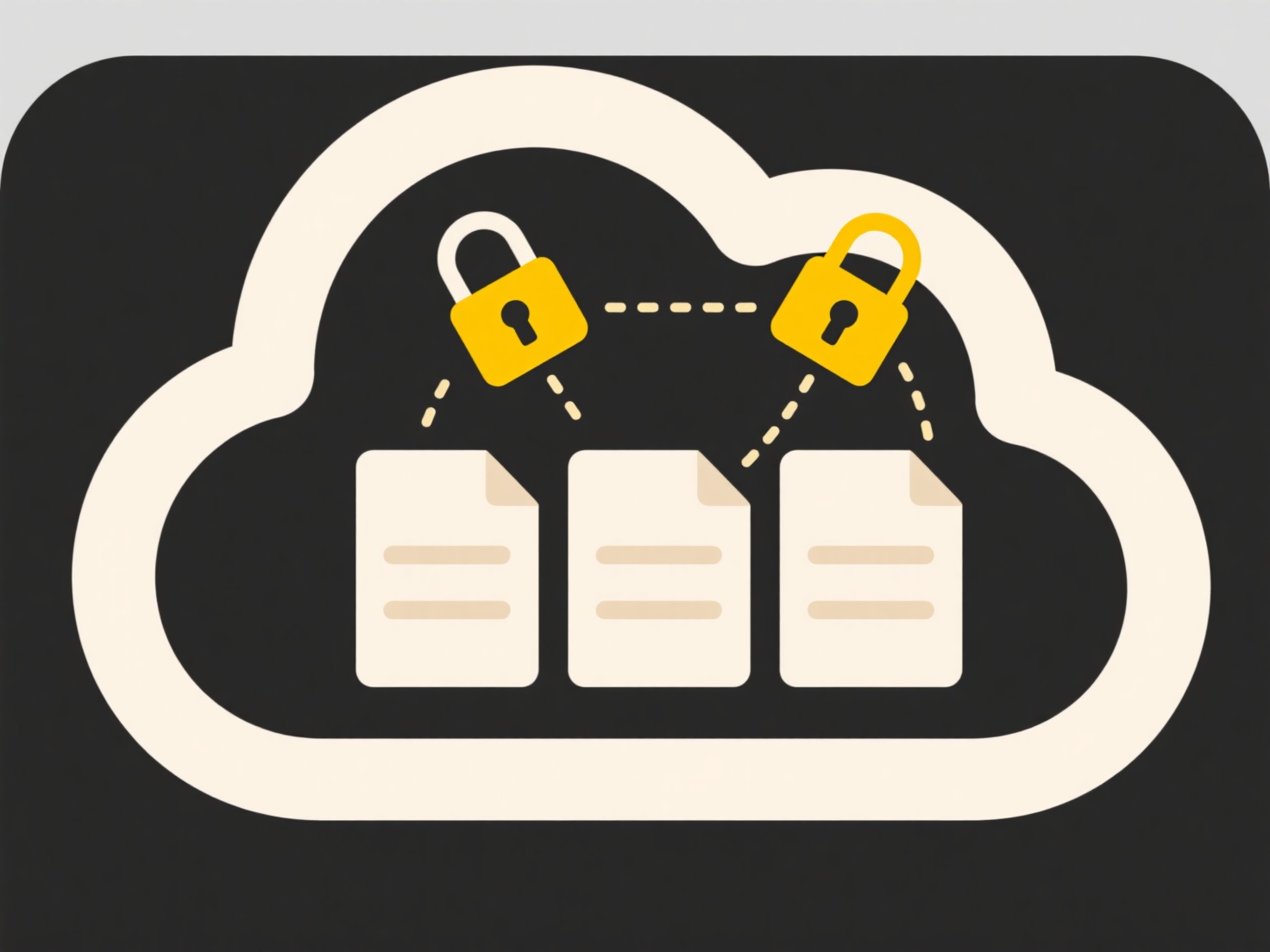
File permissions determine which users or groups can find, access, and interact with files and folders within a system. They act as a gatekeeper for search functionality: users can only see files in search results if they have at least "read" permission for the file itself and every folder in its path. Without these permissions, the file remains hidden from their searches, even if the search tool indexes it. This prevents unauthorized users from discovering sensitive information simply by searching for keywords. Permissions differ from pure indexing; indexing gathers file data, but permissions filter the results presented to each individual user.
For example, in a company's shared drive using a system like Windows Server or SharePoint, an employee searching for "financial reports" will only see files in folders where their group has "read" access; confidential payroll folders hidden by strict permissions won't appear. Similarly, in cloud storage like Google Drive, a user cannot locate files shared privately with another individual unless explicitly granted permission.

The primary advantage is enhanced security and privacy, ensuring sensitive data isn't accidentally discovered. A key limitation is the potential hindrance to collaboration if permissions are overly restrictive, making it difficult for users to locate genuinely shared information. Ethically, correctly managed permissions balance transparency with confidentiality. Future developments focus on smarter permission inheritance and context-aware access controls to improve security without sacrificing necessary visibility for collaboration.
How do permissions affect file searchability?
File permissions determine which users or groups can find, access, and interact with files and folders within a system. They act as a gatekeeper for search functionality: users can only see files in search results if they have at least "read" permission for the file itself and every folder in its path. Without these permissions, the file remains hidden from their searches, even if the search tool indexes it. This prevents unauthorized users from discovering sensitive information simply by searching for keywords. Permissions differ from pure indexing; indexing gathers file data, but permissions filter the results presented to each individual user.
For example, in a company's shared drive using a system like Windows Server or SharePoint, an employee searching for "financial reports" will only see files in folders where their group has "read" access; confidential payroll folders hidden by strict permissions won't appear. Similarly, in cloud storage like Google Drive, a user cannot locate files shared privately with another individual unless explicitly granted permission.

The primary advantage is enhanced security and privacy, ensuring sensitive data isn't accidentally discovered. A key limitation is the potential hindrance to collaboration if permissions are overly restrictive, making it difficult for users to locate genuinely shared information. Ethically, correctly managed permissions balance transparency with confidentiality. Future developments focus on smarter permission inheritance and context-aware access controls to improve security without sacrificing necessary visibility for collaboration.
Related Recommendations
Quick Article Links
Why does renaming a file trigger a backup or resync?
Renaming a file modifies its metadata (information about the file, like its name) rather than changing the file's actual...
How do I ensure no duplicate names when renaming files in bulk?
How do I ensure no duplicate names when renaming files in bulk? When renaming numerous files simultaneously, conflicts...
How do I organize screenshots on my phone?
Organizing screenshots means systematically arranging these image captures for easy retrieval, preventing clutter in you...